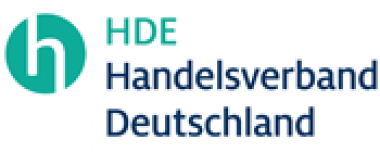Antoine Griezmann neuer Decathlon-Botschafter
Decathlon ist offizieller Hersteller der Spielbälle für die UEFA Europa League, die UEFA Europa Conference League, die Ligue 1 Mc Donald's, die Ligue 2 BKT in Frankreich und die Jupiler Pro League in Belgien. Jetzt wird das Unternehmen offizieller Ausrüster von Antoine Griezmann.
Der Gewinner des Goldenen Schuhs der Euro 2016 und Rekordtorschütze von Atlético Madrid trägt seit Ende 2024 eine geschwärzte Version des CLR, KIPSTAs High-Speed-Stollenschuhe. Mit diesem Modell hat er bereits neun Tore erzielt, davon drei in der Champions League. Der französische Stürmer wird weiterhin die Schuhe von KIPSTA tragen und sich aktiv an der Mitgestaltung zukünftiger Fußballschuhmodelle von Decathlon beteiligen.
Decathlon führt damit sein strategisches Ziel fort, sich an wichtigen Partnerschaften wie den Olympischen und Paralympischen Spielen in Paris 2024 oder dem Profi-Radsportteam DECATHLON-AG2R LA MONDIALE zu beteiligen.
Die Partnerschaft mit Antoine Griezmann ist ein bedeutender Schritt, um Decathlon als wichtigen Akteur in der Welt des Elitefußballs zu positionieren und gleichzeitig sein Engagement für sportliche Spitzenleistungen, Innovation und die Vermittlung positiver Werte zu stärken.
Diese neue Zusammenarbeit mit Antoine Griezmann – der als einer der präzisesten und technisch versiertesten Spieler seiner Generation gilt – ist ein weiterer Beweis für das Engagement der Marke, ihren Kund:innen Expertenprodukte zu bieten. Durch authentische Mitgestaltung der Produkte durch den Stürmer von Atlético Madrid treibt KIPSTA die Grenzen der Leistungsfähigkeit voran.
Decathlon































